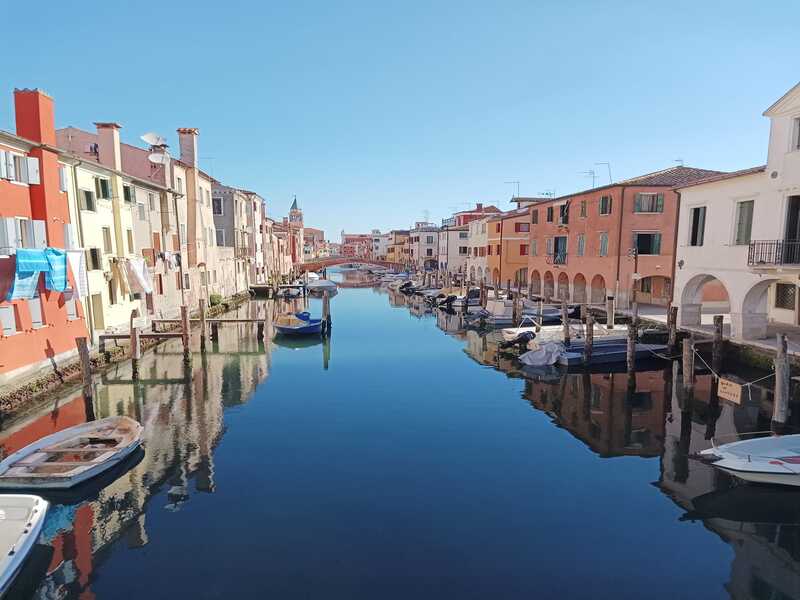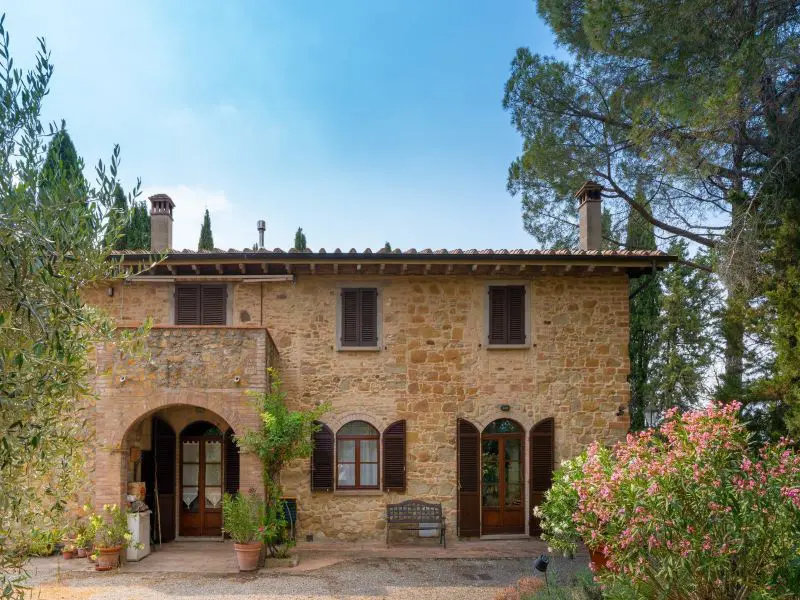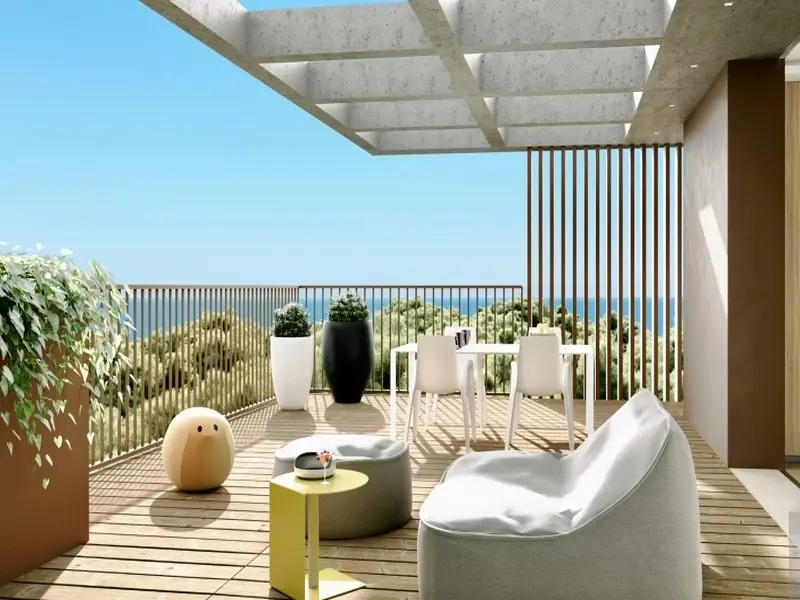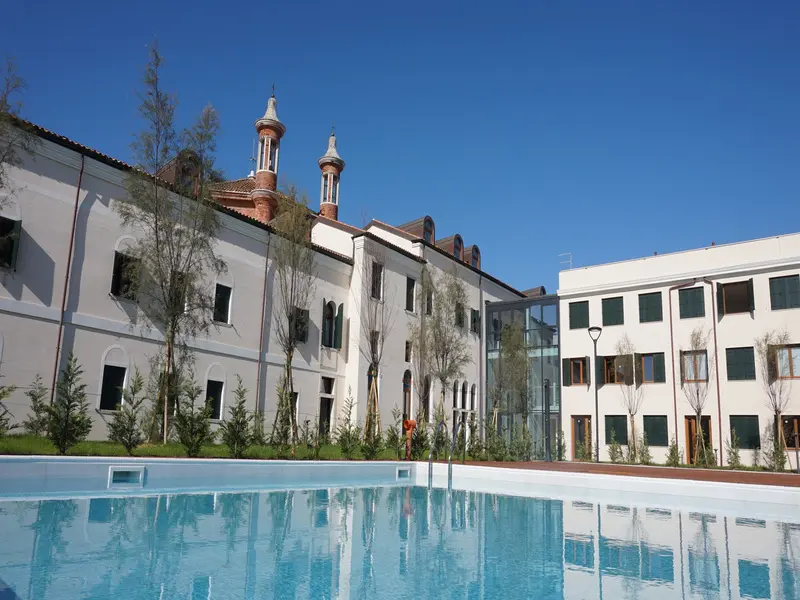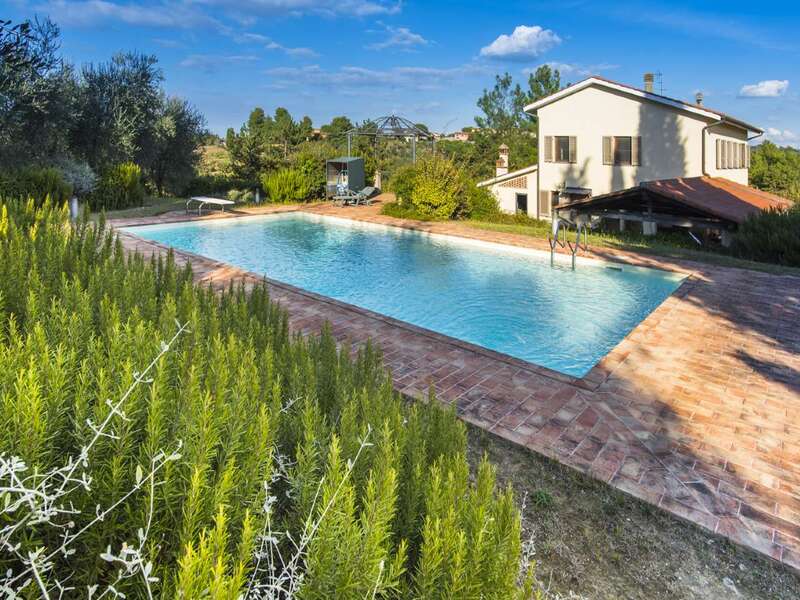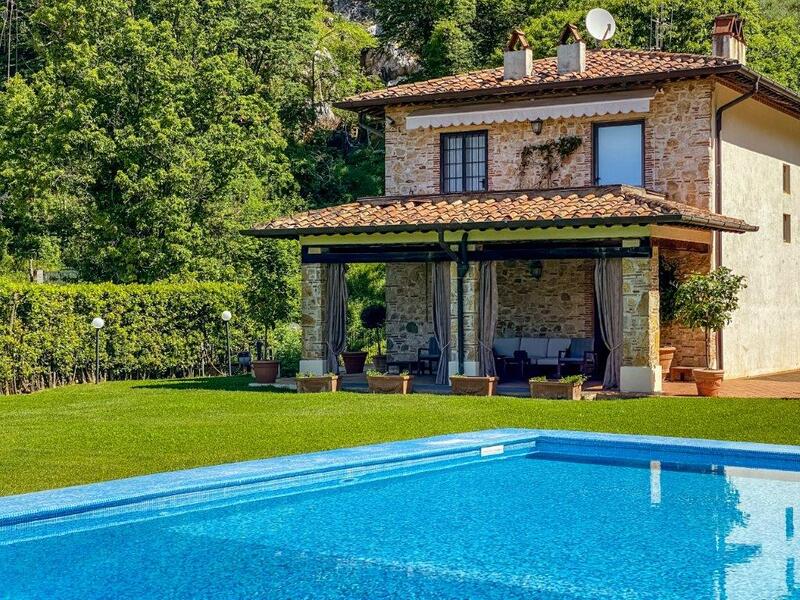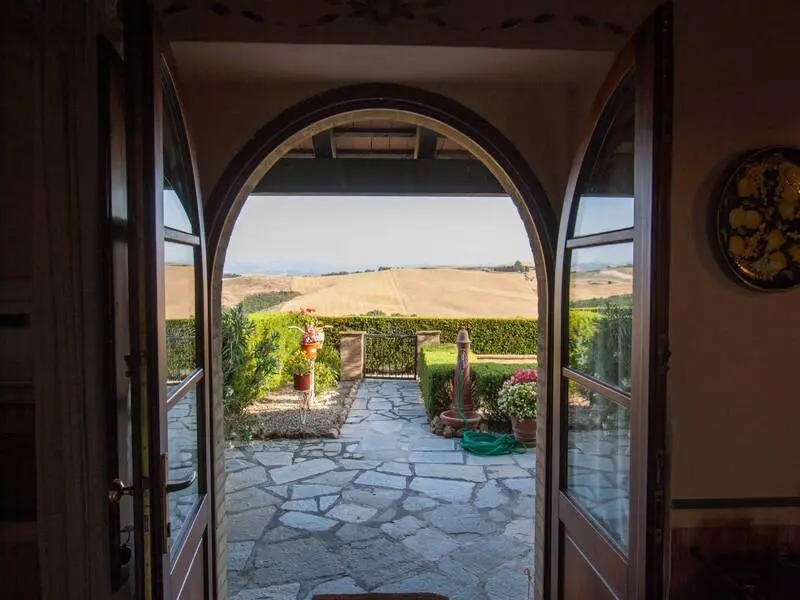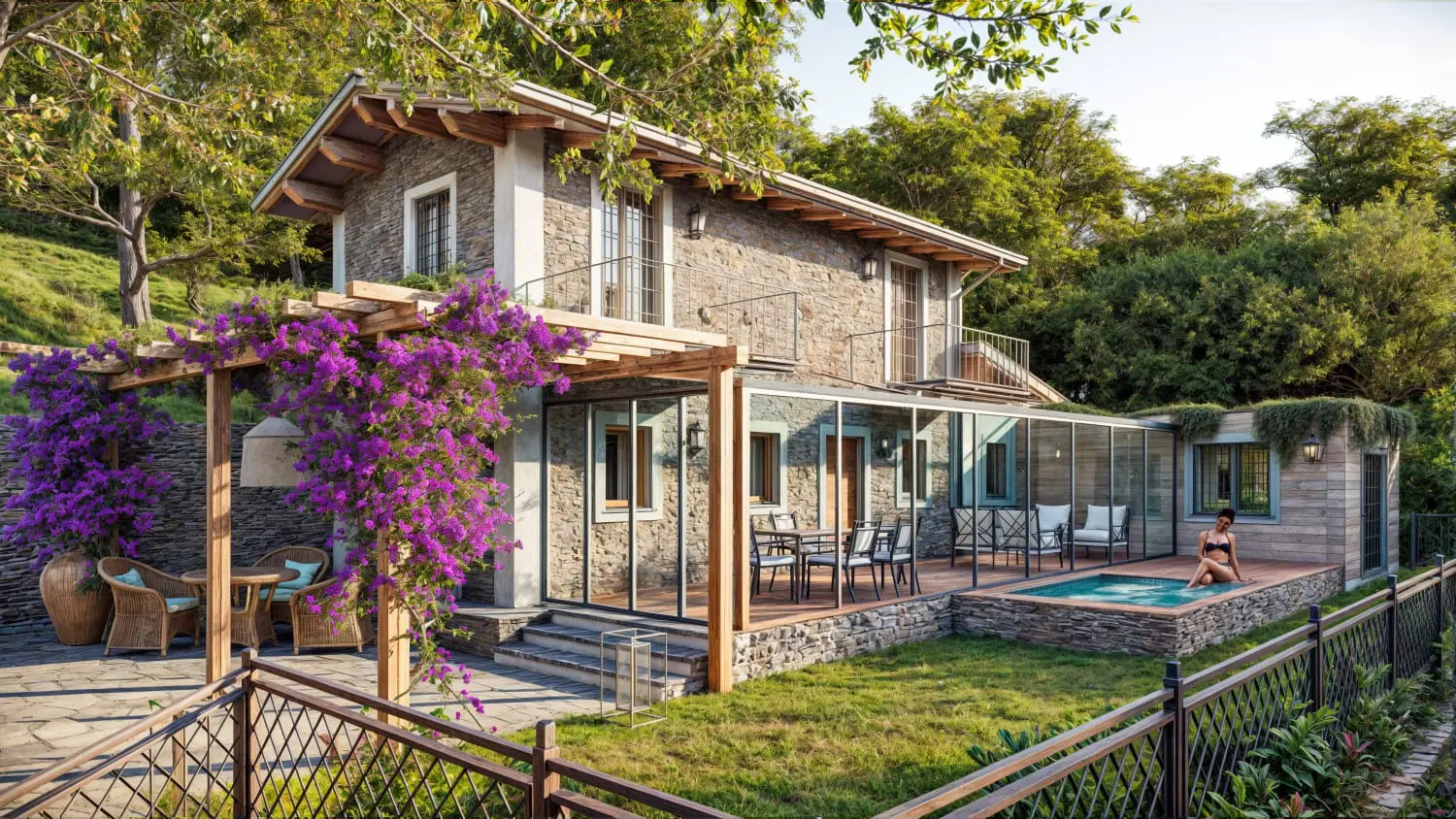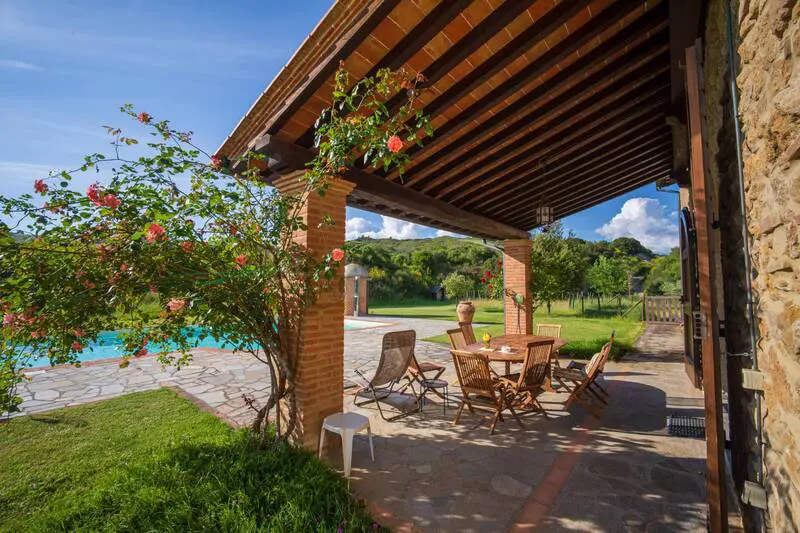
“Bella Italia” – one of the world’s most popular tourist destinations with its magnificent historical monuments, famous gastronomy and its typically lively people. It is connected to the Czech Republic by hundreds of direct flights, but also very accessible by car. Which part of Italy is suitable for a second home and can be an interesting investment?
The series is hosted by Lucie Pilipová Gaffi, Managing Partner, Mediterranea Real Estate Investments.
Italy is not so well known in terms of investment property, but it offers interesting and often unexpected opportunities. The Italian property market has become unexpectedly attractive in the aftermath of the last property crisis in 2008. In many regions, especially in the north, prices have fallen to 40% of their original levels and, apart from in major cities such as Milan, Rome and Florence, prices are far from returning to their original levels. During the Covid-19 pandemic, foreign, but especially local, investors also invested in real estate in the Italian countryside. Particularly in the regions of Tuscany, Liguria, and the Marche, as well as in the Italian South. The latter has always been and will continue to be a very specific area for investment and it is worth pausing for a moment.
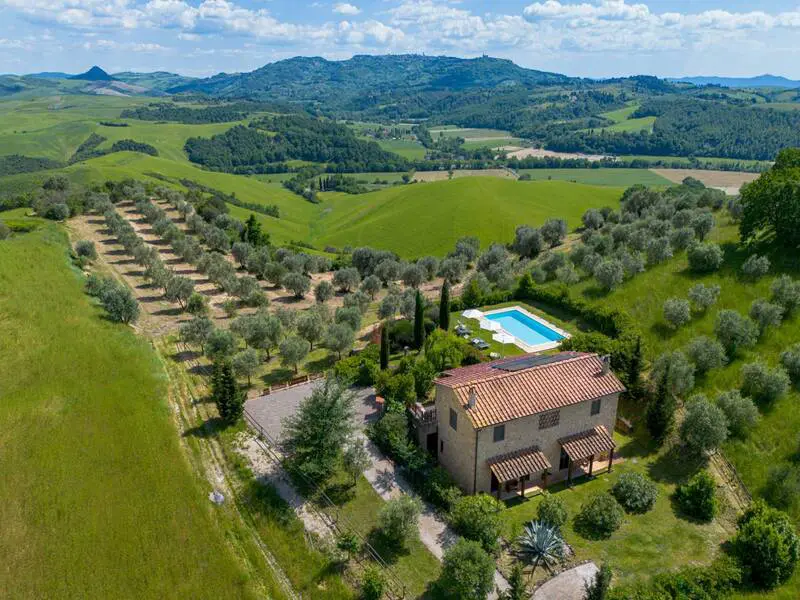
Offers of property for 1 symbolic Euro from small villages and towns in the hinterland of Puglia, Calabria or Sicily should be considered very carefully. The new owner usually undertakes to renovate the property within 5 years, of course using his own funds, including the anti-seismic security required by building law. Without knowing the environment and the connections to the local town hall and building authority then the process of preparing the project needs to be coordinated in collaboration with a local “surveyor” – a technician who is able to prepare everything, control the construction and know the local specifics. However, without knowledge of Italian, it is de facto impossible to embark on this adventure. So beware of such tempting offers, lest they bring more headache than joy.

Unfortunately, the Italian South is also not comparable to its rich North in terms of infrastructure and services, and the beautiful beaches, unspoilt nature and ancient monuments are not enough to compensate for the often sad-looking unfinished buildings, closed restaurants and abandoned resorts. To its great detriment, the Italian South generally cannot compete in this respect with popular Spanish Andalusia, which, although very similar to Sicily in its pleasant year-round weather, offers a high level of service, excellent service and a de facto almost year-round season. The huge golf boom of the last 20 years has of course contributed significantly to this. In this respect, too, the south of Italy is unfortunately lagging far behind. In Sicily, for example, there are only 4 active golf courses compared to 70 on the Costa del Sol in Andalusia alone.
But it is not the same in the Italian North!
Not only in terms of a higher level of infrastructure and services, but also in terms of investment, the Italian Centre and North are definitely the most interesting. That is, the area from Arezzo to Veneto (Veneto) on the Adriatic side and the areas around Rome, through Toscana (Tuscany) to Liguria on the Mediterranean side.
The Italian real estate market has become unexpectedly attractive in the aftermath of the last real estate crisis in 2008. Statistics show that the greatest demand is currently for 2 or 3 bedroom apartments, which can be rented during the high season and off-season.
Lucie Pilipová Gaffi, Managing Partner, Mediterranea Real Estate Investments
Italy offers not only the sea, of course, but also several beautiful lakes, as well as the mountainous areas of the Alps and Dolomites. Another interesting factor that contributes to the development of the Italian real estate market in the North is the infrastructure – new cycling and hiking trails are being built here, increasing the attractiveness of some areas. Statistics show that the greatest demand is currently for 2 or 3-bedroom apartments that can be rented during the season and out of season – for example, in the mountains it is possible to ski in the winter and hike in the summer, making these mountain apartments an interesting investment solution. However, beware, some areas are already becoming restrictive, like Austria, in buying 2nd homes due to the high tourist influx and the capacity of the mountain resorts.
The area of Veneto is certainly very interesting for investment, especially around the Venetian lagoon. Places such as Caorle, Jesolo or Chioggia are de facto year-round destinations where tourist rentals have developed extensively and therefore the economic returns can be very interesting, also given the relatively ever lower prices and the proximity to the year-round and worldwide popular Venice. The centre of Venice itself but also the surrounding islands such as Lido, Murano or Pellestrina also offer unexpectedly attractive real estate prices. A house on the canal in the quaint town of Chioggia on the Venetian lagoon can be bought for around 250,000 Euros.

Accessibility by car, great cuisine and plenty of warm summer days make Italy one of the perfect destinations to buy a second home. As we’ve written before, and keep saying, the location in which the property is situated is key if a quick sale is required. However, thanks to the expanding infrastructure in the North and the possibility of getting to Italy by car, you don’t have to buy a property right by the sea, but interestingly, in addition to the aforementioned Veneto, there are also, for example, the charming areas of inner Tuscany, Umbria, or the Marche, where you can enjoy undisturbed tranquillity in a reconstructed stone “casale” – a typical historic country house often already equipped with an outdoor swimming pool and set in the hills with climbing vines and its own olive trees. Even such properties, which you can buy for around 500,000 Euros, are very interesting for rentals, especially in the summer season.
Italy is the country with the largest number of UNESCO World Heritage Sites in the world, each of its regions offers something original, making it one of the most attractive destinations for second homes and investments in general.
Read also: Investing in foreign real estate – Autumn reflections and tips – Croatia part 1 and Spain part 1.


